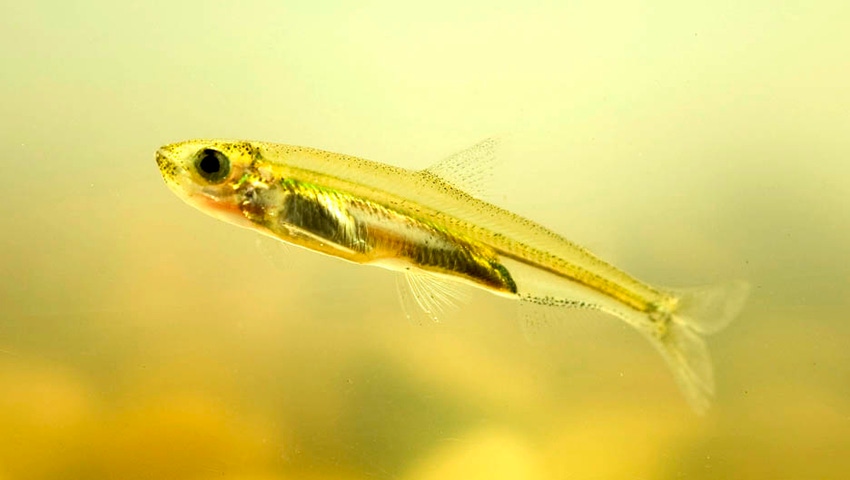February 27, 2013

It would take about four average size minnow buckets to hold 305 3-inch Delta smelt, yet that is number of minnows responsible for diverting enough water to the ocean to provide a year’s supply for 800,000 California families.
800,000 acre-feet of water went to waste based on the science of four buckets of minnows. That is enough water to produce crops on 200,000 acres or 10 million tons of tomatoes; 200 million boxes of lettuce; 20 million tons of grapes. You get the picture?
No wonder Tom Birmingham, the normally thoughtful and analytical general manager of Westlands Water District, responded with, "This insanity has to stop," when asked to respond to a Fresno Bee news reporter’s inquiry about the Federal Bureau of Reclamation’s initial water allocation of only 25 percent of federal water to San Joaquin Valley farmers.
This is not a drought year. The meager allotment is the result of too much water.
Heavy rains in November and December created a water flush through the Delta, herding the threatened Delta smelt/minnow south, closer to water pumps that move water from the Delta to the San Luis Reservoir, a storage terminal near Los Banos, Calif., that collects state and federal project water for movement south to urban Californians and San Joaquin Valley farmers. To protect the endangered minnows, the pumps were periodically stopped through the winter. No pumps; no water south. Just water west into the ocean.
The ridiculous environmental rules protecting the Delta minnow say the pumps can only gobble up 305 of the minnows in a water year, which ends Sept. 30. The count is already 232 — more than 75 percent of the limit. So to make sure pumps supply water to 25 million people and millions of acres of farmland consumes no more than four minnow buckets full of smelt — 800,000 acre-feet of water is gone.
Mike Wade, executive director of the California Farm Water Coalition points out, “Despite the heavy rain and snowfall earlier this water year in December, farmers will be receiving less water than last year, which was a dry water year."
The initial 25 percent is the lowest since 2009 following a drought year, not a bureaucratic drought like this year.
Birmingham was quoted as saying had the 800,000 acre-feet not been flushed to the sea, the initial allocation would have “easily” been 40 percent to 45 percent.
Now, rather than having a somewhat optimistic water outlook this spring, farmers are X-ing out sections of farmland on 2013 crop production maps and looking at ways to cut their payrolls — all based on four buckets of minnows.
Not only is the 305 smelt-science shaky, but farmers and city dwellers point out that there are many factors impacting smelt populations, including predator species (some purposely introduced into the Delta), pollution, and discharge from city sewage. However, pumping seems to be the smelt’s public enemy No. 1.
Of course, radical environmentalists want to shut down the pumps totally, claiming groundwater banking south of the Delta would solve California’s growing water crisis. The one question I have for this insightful, brainy group: Where do you think that water would come from for groundwater banking?
Most likely it would come from north of the Delta where the majority of California’s water originates. I don’t know for sure, but I suspect some of that 800,000 acre-feet lost this year could have been deposited in groundwater banks.
“Insanity” is putting it mildly.
About the Author(s)
You May Also Like






